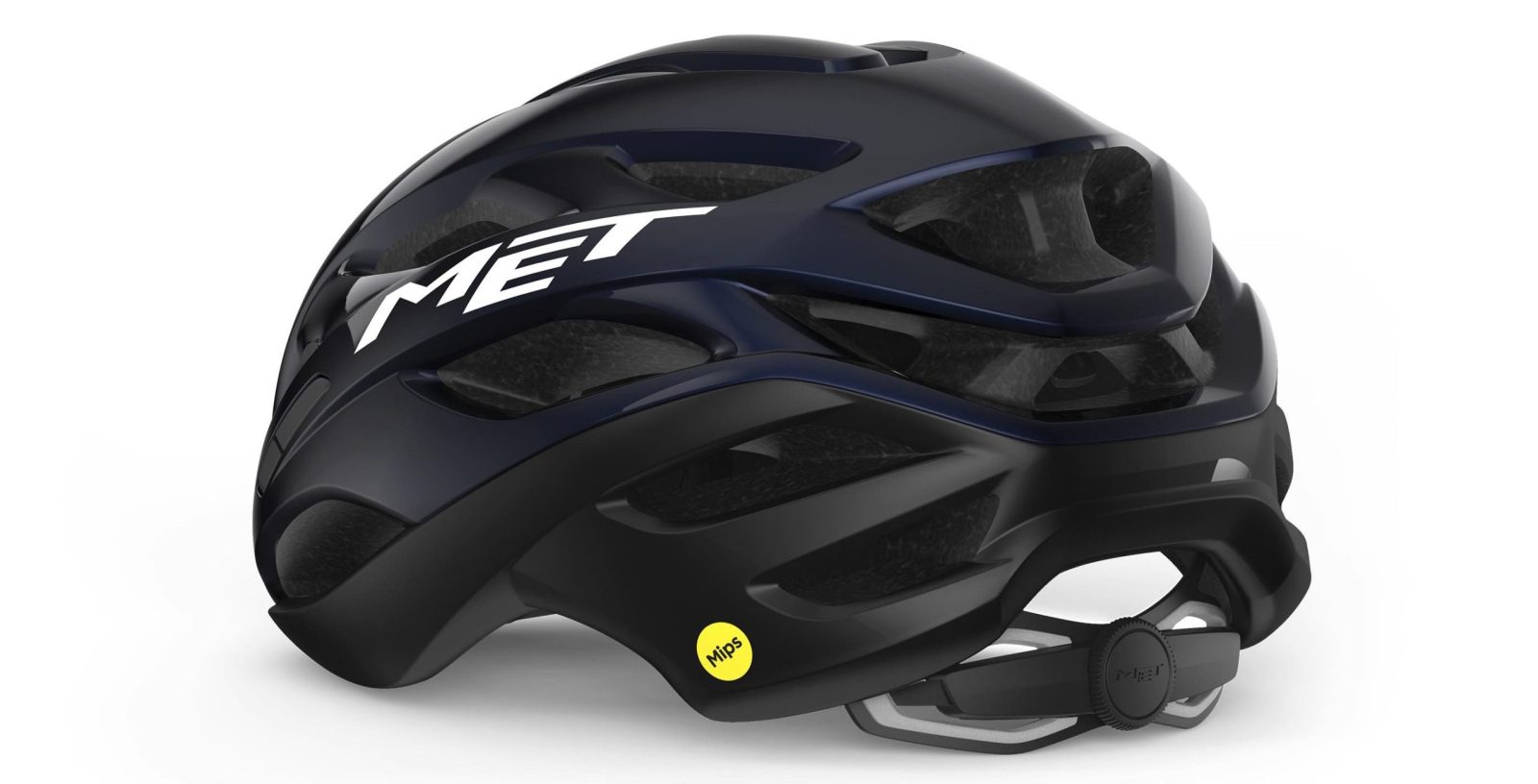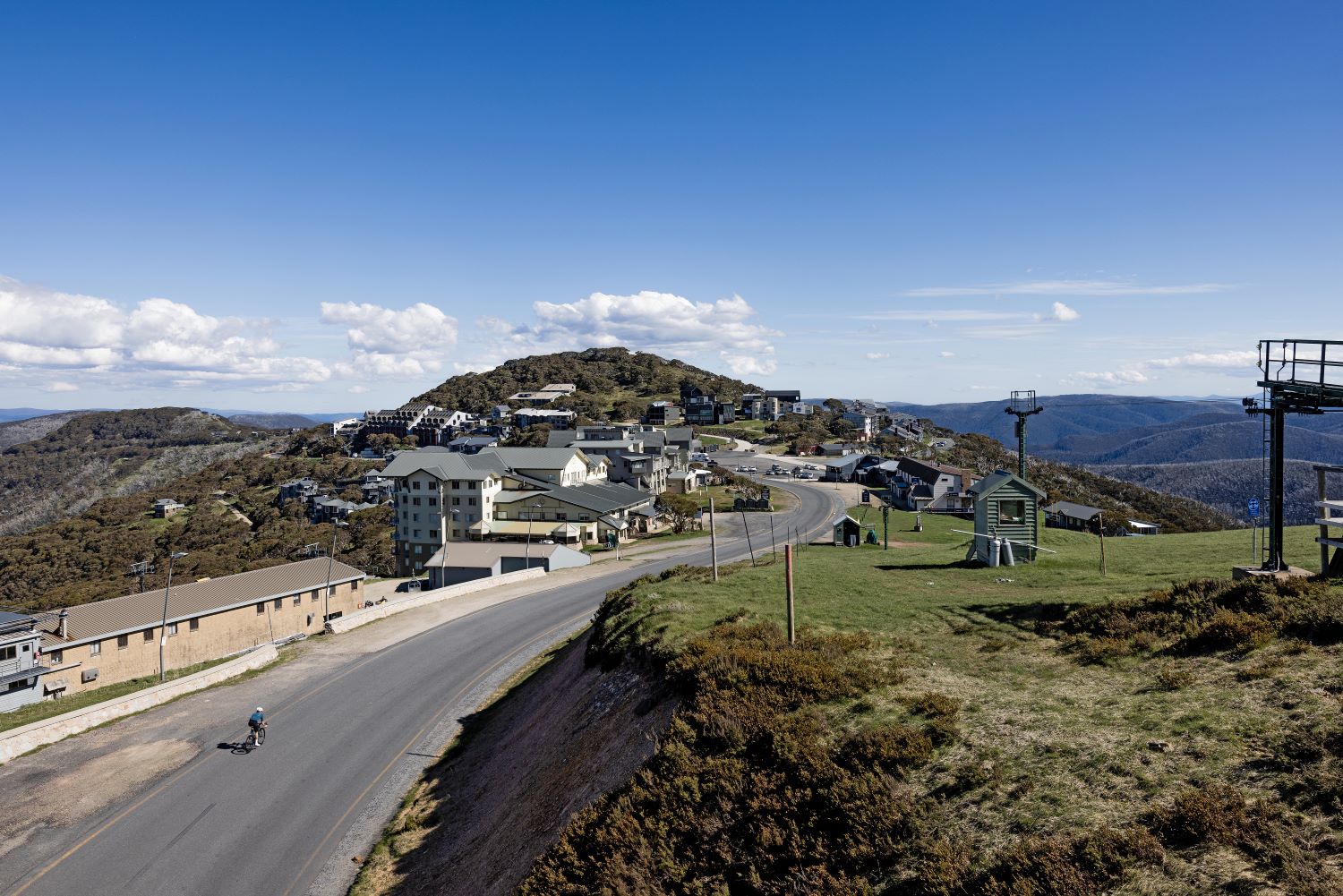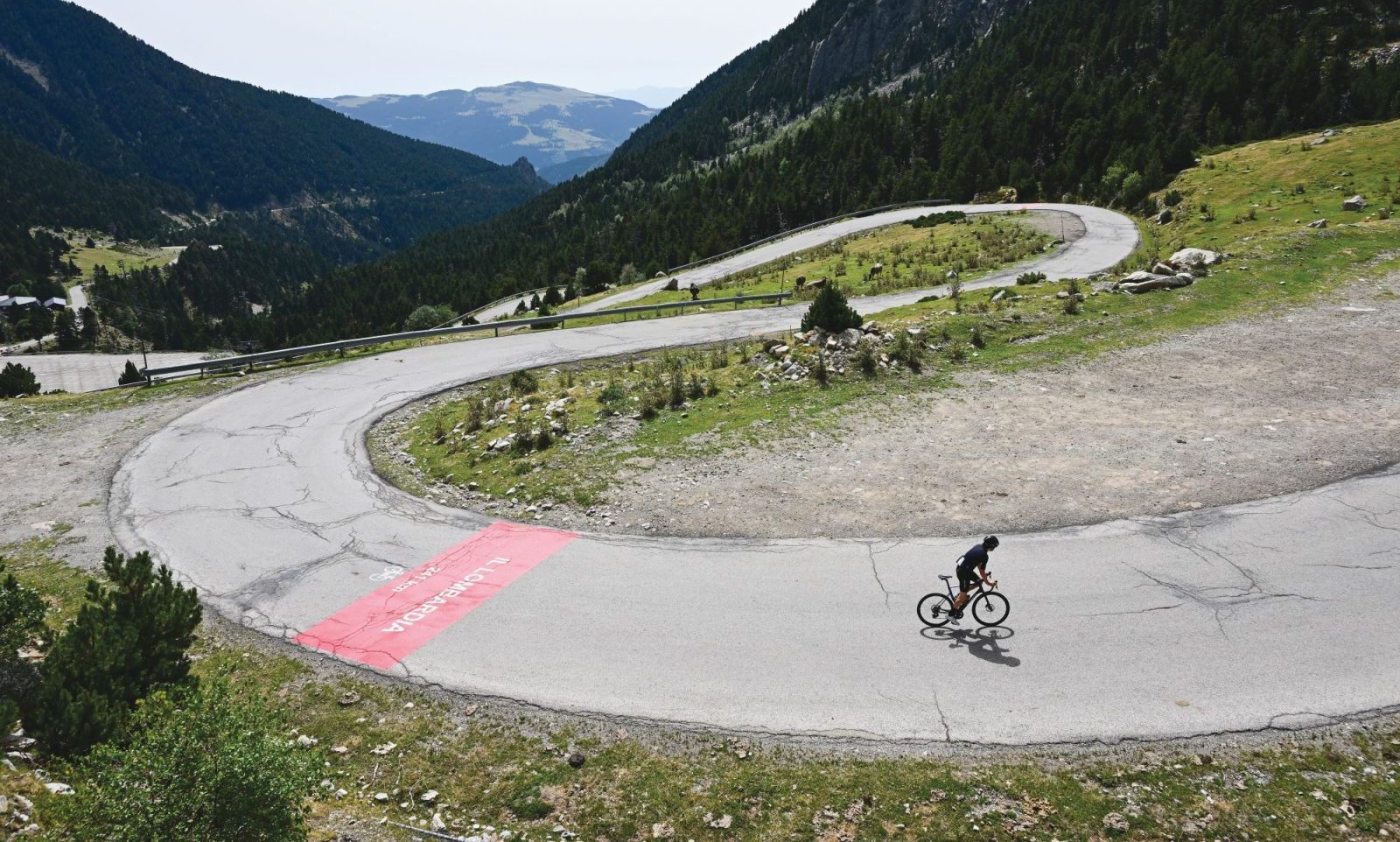If sports drink advertising is to be believed, we should all be glugging litres of dayglo liquids. But do we really need to drink quite so much while riding? And what should we be drinking anyway?
Whether you prefer water or energy drink in your bidons, the chances are you’ve made provision to ensure you have enough to drink while you’re on the bike. And with good reason. Not rehydrating properly can cause in a drop in performance and also health issues that in extreme cases can result in death. But before you start guzzling gallons of water, bear in mind that over-hydrating can be just as bad. ‘Hydration is a real issue for cyclists,’ says Mayur Ranchordas, head of nutrition at Sheffield Hallam University and nutritionist for Rapha Condor JLT. ‘As you have more air flowing over you than, say, a runner, the sweat you lose just wicks away, making it harder to assess how much you’ve lost.’
As with many things in cycling, sweating is deeply personal, with the amount of what pours out of your pores varying widely from rider to rider. Even without exertion, humans lose liquid through sweating – up to 3.3 litres daily in warm weather. Factor exercise into the equation and you could lose up to seven litres.
‘There’s a simple way of calculating your sweat rate,’ says Ranchordas. ‘Weigh yourself before a 60-minute training ride, making sure you don’t drink anything while you’re out. Towel off any excess sweat when you get back and then weigh yourself again. Each gram in weight you’ve lost equates to 1ml fluid, so the figure you’re left with is your 60-minute sweat rate.’
However, just because you know your sweat rate doesn’t mean you need to put back every millilitre. The reality is your body can’t absorb fluids as fast as it loses them so you only need to replace around 75% of the
sweat lost during a long ride.
‘Most recommendations I see for replacing fluids after exercise are not only wrong but can also be dangerous,’ says Dr Chris Easton, lecturer in clinical exercise physiology at the Institute for Clinical Exercise and Health Science, University of the West of Scotland. ‘Excessive fluid ingestion can be both impractical, causing stomach discomfort, and dangerous. When acute it’s known as exercise-associated hyponatremia and can result in seizures and occasionally death. If it’s been a hot session and you’ve sweated a lot, then replenishment of those fluids is important but there’s no reason why you can’t use thirst to judge how much you should drink. The body appears relatively tolerant of dehydration up to around 2% of bodyweight (around 1.5 litres for a 75kg individual) so if you don’t feel thirsty at all then your body is telling you that you don’t need to ingest more fluid.’
Tim Lawson, founder and innovation director of Science In Sport, agrees. ‘Research has shown that being dehydrated up to 2-3% doesn’t adversely affect exercise performance,’ he says. ‘But as soon as you get past that there’s a pretty big drop off. From an energy point of view you’ll lose power, but also dehydration affects your mental performance, resulting in loss of skill and judgement. Your mood will be affected too.’
With so many different hydration products on the market, it can be hard to know which, if any, of the sports drinks and powders are worth using. ‘Plenty of double-blind studies have shown that a decent energy drink will work way better than water alone, if only because they will supply you with some extra carbohydrate for energy,’ says Lawson.
Easton adds, ‘During high-intensity exercise you’re working at an increased metabolic rate so your muscles are producing a lot of heat, which means you’re likely to have a higher fluid loss during those sessions than an endurance one. At times like this you need to think in terms of electrolyte replacement too.’
Salt seller
It’s not just the liquid you have to replace, though, because along with the lost water goes minerals, known as electrolytes, essential for your body’s function. ‘You lose about 20 different electrolytes when you sweat,’ says Dr Raj Jutley, chief medical officer at Precision Hydration UK. ‘They range from ones you have to replace as your body doesn’t have a store of them, to ones lost in such trace quantities you don’t have to worry about it.’
The major four are sodium, potassium, magnesium and calcium, and the amount of electrolytes lost per litre of sweat differs from person to person, in some cases up to ninefold. That means the one-size-fits-all electrolyte sports drinks will only be replenishing those of average perspiration. If you find yourself overly fatigued, dizzy or cramping while cycling, it could be that you’re not replacing what you’re losing or, in some extreme cases, putting back too much.
For example sodium – or salt – is the key active electrolyte lost in human sweat. It plays an important role in muscle and nerve function, and is essential for moving water around and maintaining fluid levels in the body. A lack of it can result in weakness, nausea, muscle fatigue and cramping. A deficiency can also hinder rehydration, which can result in the aforementioned hyponatremia.
The American College of Sports Medicine recommends consuming 500 to 700mg of sodium for every litre of water consumed during exercise, although a typical loss per litre can go from 230 to 1,700mg. But even a person with an average amount of sodium loss will become deficient after losing about four litres of sweat.
‘People who lose a very high amount of sodium in their sweat are known as salty sweaters,’ says Dr Jutley. ‘The best way to aid recovery and maintain performance is to replace everything like-for-like, but most of the products on the market are pitched at an average salty sweater. So for people who lose a lot of salt they’d have to drink a lot of them, which can actually distill the replacement sodium, exacerbating the problem.’ Take a look at the state of your kit after a hard, sweaty session on the bike – if there are white marks on it, the chances are you’re losing above-average levels of sodium. Also, if your eyes sting when sweat runs into them, that suggests a high presence of sodium, as does cramping or tasting salt when you cycle.
The recommended daily amount for sodium is only 6g, so you have to be careful if you’re thinking about supplementing with table salt (which, incidentally, is not pure sodium chloride). ‘Take too much and the short-term result is nausea, vomiting and diarrhoea,’ says Dr Jutley. ‘Long-term excess intake can cause increased bodyweight, blood pressure and even heart disease.’ The best way to keep your sodium stores topped up is to ensure that your sport drink of choice is an electrolyte one. If you do lose a lot of sodium, then products such as H2pro cater for different sweat levels.
Replace to race
Another mineral that you lose in sweat is potassium, which is not only important for nerve conduction but also helps move glucose into your cells, making it essential for energy generation. Deficiency in potassium is known as hypokalemia and can result in nausea, muscle fatigue and weakness. However, seeing as you’d have to lose about 16 litres of sweat before your stores run out, you’d probably be in more danger of drowning than becoming deficient.
Potassium can be found in many foods, including bananas, potatoes, lentils and spinach – so if you’re getting plenty of vegetables as part of a balanced diet then you shouldn’t have to worry about upping your intake. Also if you take into account that potassium chloride is used in lethal injections, you might want to think twice before overdoing the self-supplementation.
Calcium is also lost when you sweat. It’s involved in muscle contraction and relaxation, as well as nerve conduction – basically all the things that keep you moving. Low levels can result in stiffness and cramping and it would only take about five litres of sweat to lose enough to become deficient. However, your body has a vast supply of calcium stored in your bones and will draw upon that should available stores start to become depleted. As long as you’re eating a balanced diet that includes dairy, calcium deficiency is unlikely, although supplementing with vitamin D can help your body absorb the mineral and make the most of it.
Magnesium also exits with sweat and it’s necessary for muscle contraction and energy production, and a deficiency can lead to dizziness, fatigue and depression. But like potassium you’d have to lose a bathful of sweat before your stocks ran low, about 15 litres. So unless you start noticing that people cycling behind you in hot weather have put on their rain jackets, deficiency isn’t something to worry about.
Also found in sweat are zinc, copper, iron, chromium, nickel and lead. Again, they’re lost in such minute quantities there’s no need to actively replace them although topping up on zinc around intense blocks of riding is always a good idea to keep your immune system ticking over.
Losing your bottle
So you know how much and what to drink, but when should you do it? Knocking back pints of fluids before getting on the bike will have you making an ill-advised attempt to relieve yourself while riding. It never works.
‘Sip a 500ml sports drink an hour or two before you saddle up,’ says Easton. ‘That gives your body enough time to absorb what it needs and get rid of what it doesn’t.’ Then while riding make a point of taking a couple of mouthfuls every 15 to 20 minutes. ‘Little but often is the mantra,’ says Lawson. ‘Don’t plan to drink over 400ml an hour unless thirst tells you otherwise.’
Sometimes, though, you can’t rely on yourself to ensure you stay hydrated. ‘I never used to drink enough and always used to forget to take on liquids while on the bike,’ says Team Sky rider and London Cycle Sportive ambassador Ben Swift. ‘I’ve got it drilled into me now, but it did get to the point where I was having to set an alarm to remind me every 15 minutes to drink.’
Another surefire way of ensuring you don’t find yourself dehydrated on the bike is to make sure you’re getting your daily hydration amount when you’re not on the bike. The old eight-glasses-a-day is still a good target to aim for. Hit that and you’ll be able to tailor your on-bike hydration to temperature and duration and not worry that you’re starting in the red.
Top tips
Science In Sport’s Tim Lawson gives us his four tops for on-bike hydration
- Plan ahead
Hydrate before, during and after the ride. ‘If you’re going to
be riding for over two hours, make sure there are some carbs in
your drink,’ says Lawson. This is the point at which you’ll need to supplement your glycogen stores. - Make sure you drink on cold days
You don’t just lose water through sweat – respiratory fluid losses
via the lungs can make up to 60% of overall losses. ‘Stick to your hydration plan even when it’s inclement. Just because it’s cold
or raining, that doesn’t mean you need less fluids. In fact it’s possible to get even more dehydrated in the winter than in the summer.’
- Do your research
Find a sports drink that you like the taste of as you’re going to be drinking a lot of it. ‘Don’t assume that because they contain carbs and electrolytes you don’t need to drink as much.’ If you find sports drinks cloying, take an extra bottle of plain water and alternate. - Beware of overdoing it
The risk of over-hydration is very real, especially on longer rides. ‘Any longer than three hours and you’re going to need some electrolytes in there to lower the risk of hyponatremia. For five hours or more it’s essential to have a fluid replacement plan to stick too.’ In extreme heat add a pinch of salt to each water bottle.




